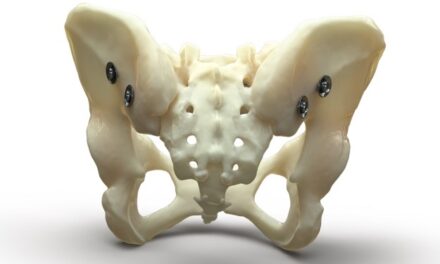In November, U.S. FDA Commissioner Scott Gottlieb, MD, and Jeff Shuren, MD, director of the Center for Devices and Radiological Health, detailed steps to modernize the FDA’s 510(k) program—steps, they said, that would improve the review of the safety and effectiveness of medical devices. Now, the two FDA officials have announced developments toward achieving this goal.
First, the agency has published its final guidance, which is establishing the framework for the FDA’s Safety and Performance Based Pathway. And, in this case, semantics matter, Gottlieb and Shuren say. “The new name for this guidance reflects our focus on advancing new products with improved safety and performance,” they say in a statement. “This option for 510(k) clearance will modernize our approach to moderate-risk devices by allowing manufacturers to use objective performance criteria established or recognized by the FDA to facilitate demonstration of substantial equivalence of their new products to legally marketed devices.”
It’s a marked change from the traditional approach, Gottlieb and Shuren say—which often involves manufacturers comparing the new device to one that is already on the market—known as a predicate device—to demonstrate that the new device is as safe and effective as the latter. “But, the predicates may be older and, consequently, they may not reflect the modern technology embedded in new devices of that type,” Gottlieb and Shuren say.
“For appropriate device types, the Safety and Performance Based Pathway will ensure that the performance characteristics of new devices are evaluated against a set of objective, transparent, and well-validated safety and performance metrics,” Gottlieb and Shuren add. “It’s important to note that devices using this pathway will still have to meet our current standards for reasonable assurance of safety and effectiveness before they can be marketed.”
The FDA is also soliciting public feedback on how the agency can better encourage equipment manufacturers to develop safer 510(k) devices. One way, Gottlieb and Shuren posit, is by focusing on the use of more modern predicate devices. After all, they point out, older predicates might not fully reflect the technological innovations witnessed in new devices.
“While this doesn’t mean the products that reference those predicates are unsafe, it does mean there is an opportunity to examine how we can enhance the process to ensure devices are continually improving so patients can reap the benefits of modern advancements,” Gottlieb and Shuren say in a statement





